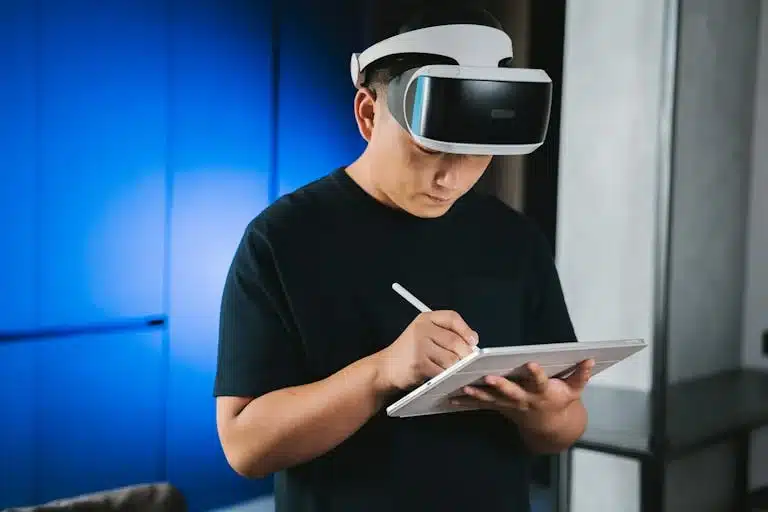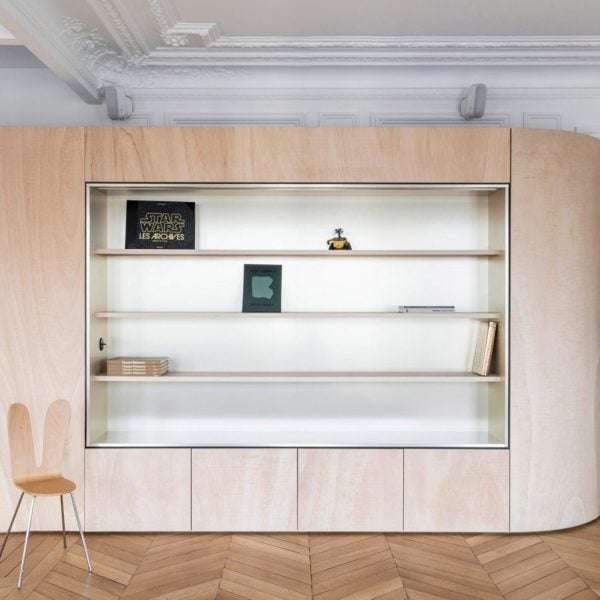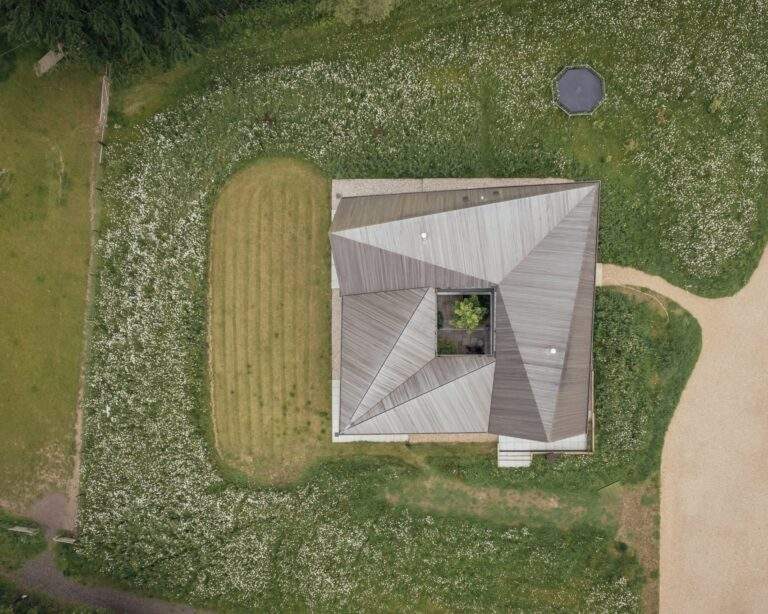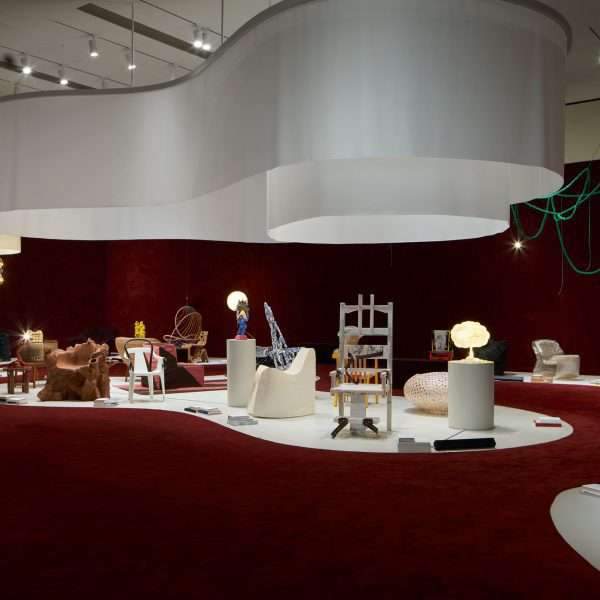How Artificial Intelligence Is Reshaping Architecture and Construction in 2025
Introduction
In 2025, artificial intelligence is no longer a futuristic concept or an optional tool. AI and architecture have become a central force in the world of architecture and construction. From tools like GPT and image generators to advanced project analytics, AI is now deeply embedded in everyday workflows. And its influence is not just accelerating tasks it’s changing how decisions are made, how professionals collaborate, and how clients engage with the design process.
AI’s Rise: Market Growth and Adoption Rates
The AI market in construction is growing at a striking pace. In 2024, the global market was valued at $1.76 billion, and it’s expected to reach $2.29 billion in 2025 an annual growth rate of nearly 30%. By 2032, this number may surpass $22 billion.
In architecture specifically, adoption is more cautious among individuals, but larger firms are making the shift:
| Category | Percentage |
|---|---|
| Architects using AI regularly | Only 6% |
| Large firms integrating AI into workflows | Around 43% |
What Clients and Developers Are Asking For

Today’s developers aren’t just requesting blueprints they’re demanding real-time design variations powered by AI. Typical requests might be:
- “Show me a version with stone cladding.”
- “Can we try a green roof here?”
With AI tools, these options can be generated in minutes, speeding up decision-making dramatically. However, this often happens at the expense of thoughtful design validation, risking decisions that lack depth or contextual understanding.
Between Powerful Tools and Real Risks
Architects are turning to GPT for content creation, chatbots for client communication, and AI-generated visuals for early-stage concepts. Yet each tool comes with its limitations:
| Tool Type | Primary Use | Main Risks |
|---|---|---|
| GPT | Writing content and correspondence | Shallow context, generic responses |
| Image generation | Early visual concepts | Inaccuracy, unrealistic proportions |
| Chatbots | Client support and inquiries | Limited nuance, no real-world insight |
A striking 90% of professionals acknowledge that AI-generated outputs often lack accuracy, contextual understanding, and a sense of authenticity. Without human guidance, design can quickly become hollow.
Contractors Reap the Efficiency Gains
On construction sites, the benefits of AI are measurable:
| Metric | Before AI | After Implementing AI |
|---|---|---|
| Task completion | – | +12% |
| Execution speed | – | 25% faster |
| Quality of results | – | 40% higher |
AI is driving improvements in:
- Supply chain coordination
- Safety forecasting
- Predictive maintenance
These changes translate into faster timelines, better outcomes, and reduced costs.
Architect vs. Client: A New Creative Tension
As clients gain access to AI tools and start proposing changes like swapping materials or adjusting budgets—they begin to assume that “AI knows best.” This can challenge the architect’s role, pushing aside creative intent and deeper design considerations.
But AI lacks a vital quality: human sensitivity to context whether cultural, environmental, or emotional. Architecture is not just about options; it’s about meaning, place, and vision. And those cannot be fully automated.

AI and Visibility in the Digital Space
Even how architects are discovered is shifting. Platforms like Google now use AI-powered summaries and authority signals such as the About this result feature to determine who appears in search results.
This raises two major concerns:
- Architects without strong online presence risk being invisible, regardless of their design quality.
- Search rankings don’t always reflect architectural merit—they reward digital optimization instead.
Physical Reality Still Rules the Site
AI can optimize timelines, budgets, and safety but it still can’t replace on-site intuition. Critical elements like:
- Sun paths, shading, and thermal mass
- Structural details for high wind or seismic zones
- Local building codes and site-specific challenges
…all require human expertise on the ground. These are not optional they are essential.
Final Verdict: A Tool, Not a Replacement
AI is a powerful accelerator. It opens up possibilities, adds speed, and improves decision-making. But it also comes with important caveats:
- Risk of shallow, client-led design
- Digital visibility outweighing design quality
- Over-reliance on flawed data input
The takeaway? AI is only as good as the humans guiding it.
ArchUp’s Editorial Insight
Artificial intelligence has transformed productivity in architecture and construction but with transformation comes responsibility. As clients lean more heavily on AI-generated aesthetics, architects must stand firm as stewards of context, identity, and site integrity.
At the same time, the digital ecosystem demands more than great design it requires architects to become storytellers, capable of shaping not just buildings, but narratives.
The architecture firm of 2030 will be defined not only by its tools, but by its ability to blend technological efficiency with human insight. It’s not enough to design well you must also make sure the story behind your work can be seen, understood, and valued.
ArchUp strives to document the architectural and urban journey in the Arab world through precise editorial content and rich analyses that reflect the depth of design and the diversity of architectural schools. The editorial team consists of specialists committed to covering all the latest developments in the field. You can always learn more about our editorial team or contact us to contribute or participate in building this open knowledge archive.







